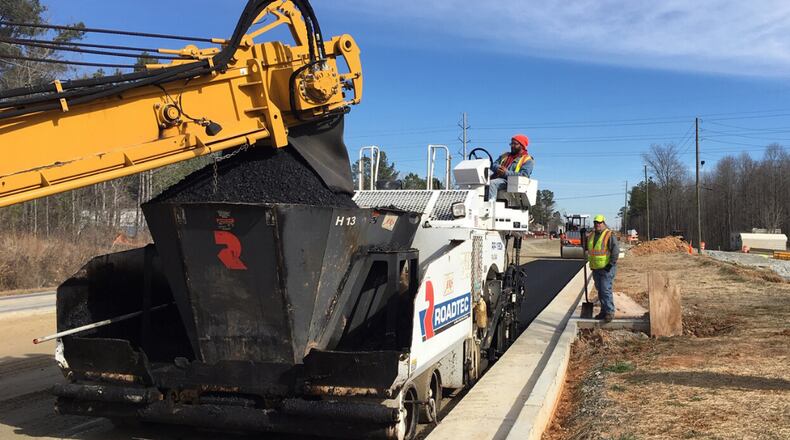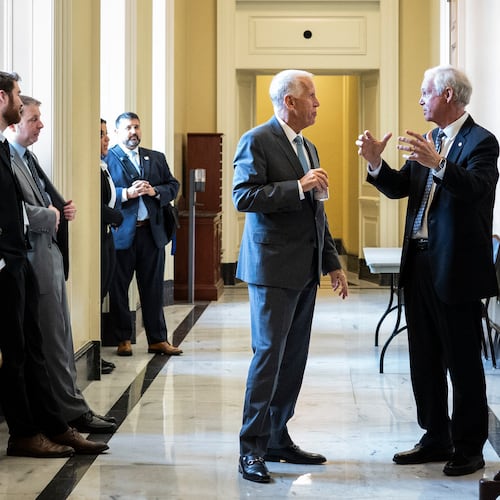This year has been anything but ordinary for families both locally and around the world. In Georgia, while we continue to deal with a public health crisis, accompanying economic fallout and historically high unemployment, we also headed to the polls to vote in the 2020 primary elections. Voters across the state considered matters from the presidential preference primary to partisan issue questions, and in some communities, even had the opportunity to take their economic future into their own hands.
Voters in Burke, Columbia, Glascock, Hancock, Jefferson, Jenkins, Lincoln, McDuffie, Richmond, Taliaferro, Warren, Washington and Wilkes counties delivered a promising sign for Georgia’s future and economic resilience through the overwhelming approval to renew the 2012 Regional Transportation Investment Act (TIA) for the Central Savannah Area Regional Commission. The regional TIA has allowed these 13 counties to invest over $500 million in local transportation infrastructure over the last eight years. Enacted by the General Assembly in 2010 and passed in 46 counties across Georgia just two years later, the TIA program has been resoundingly successful and has completed 52 projects to date, with 12 projects under construction. From road widenings on SR 388 to Augusta public transportation operational funding, the TIA has enabled these Georgia communities to significantly propel local economic development efforts forward. Perhaps that’s why voters gave a resounding thumbs-up to extending the program for another 10 years. By a margin of nearly 2-1, voters in those counties chose to invest another $555 million in local roads, bridges, intersections, streetscapes, airports, emergency vehicles, sidewalks, and freight and logistics needs.
Credit: contributed
Credit: contributed
These success stories are why the Georgia Transportation Alliance has been and continues to be at the forefront of statewide, multi-modal transportation investment. We conducted polling earlier in 2020 that clearly demonstrates what the voters of the Central Savannah Area Region have experienced; that transportation investment works. Some 42% of Georgians believe that transportation infrastructure is the most important function of government. And 60% believe that transportation investment is the responsibility of state and local, not federal, governments. And 52% of Georgians shared that they would re-elect an official who votes to increase taxes for transportation funding.
Transportation investment is a critical component of Georgia’s economic future. The statistics prove it and Georgians agree with it. Our state is one of the fastest-growing in the country and our ability and willingness to invest makes our economic recovery sure, and our future strong. As we move forward into the year 2021 and beyond, I challenge every region in the state to look to the Central Savannah Area and follow the example of communities that have not only seen the value of multi-modal investment but have realized the power of acting on it.
Seth Millican is executive director of the Georgia Transportation Alliance.
About the Author
Keep Reading
The Latest
Featured




